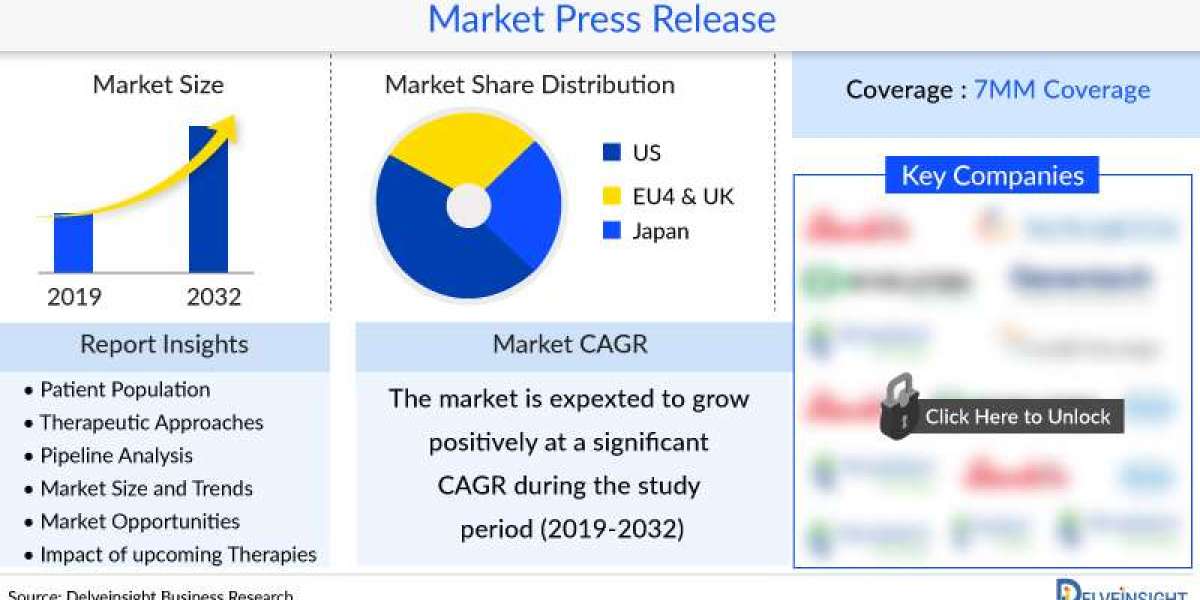1. Opioid Withdrawal Syndrome Market
The opioid crisis has escalated the need for effective management of opioid withdrawal syndrome. This condition presents when an individual discontinues opioid use, leading to a range of symptoms that can be severe and debilitating. The market for opioid withdrawal treatment is expanding, driven by the need for medications that can alleviate symptoms and facilitate the recovery process. Innovations such as non-opioid medications and comprehensive withdrawal management programs are becoming focal points for companies in this sector.
2. Complicated Urinary Tract Infections Market
cUTIs are severe infections that involve the upper urinary tract, requiring more intensive treatment than uncomplicated infections. The growing resistance of bacteria to conventional antibiotics has highlighted the need for new antimicrobial agents and treatment paradigms. Pharmaceutical companies are increasingly investing in the development of next-generation antibiotics and novel therapeutic strategies to combat these resistant infections, marking a significant area of need within infectious disease therapeutics.
3. Cervical Dystonia Market
Cervical dystonia, a painful condition that causes the neck muscles to contract involuntarily, leads to abnormal movements and postures of the head and neck. Treatment typically involves botulinum toxin injections, which relieve muscle contractions. The market is advancing with research into more durable and patient-friendly treatment options, alongside deeper explorations into the neurological underpinnings of the disease.
4. Schizophrenia Market
Schizophrenia is a chronic and severe mental health disorder that affects how a person thinks, feels, and behaves. The market for schizophrenia treatments is robust, involving antipsychotic drugs, psychosocial interventions, and integrated care approaches. The development of treatments with fewer side effects and greater efficacy, particularly for refractory cases, remains a high priority within the pharmaceutical industry.
5. Focal Segmental Glomerulosclerosis Market
FSGS is a rare disease that attacks the kidney’s filtering units, causing serious scarring and leading to permanent kidney damage and failure. There is a significant unmet need for effective treatments as the options currently available are limited and often not specifically tailored to FSGS. This market is witnessing increased research activities focusing on novel therapeutic pathways and molecular targets.
6. Obstructive Sleep Apnea Market
OSA is characterized by repeated episodes of partial or complete obstruction of the airway during sleep. The rising prevalence of sleep apnea globally, coupled with growing public awareness about its critical linkage to chronic conditions like hypertension, cardiovascular disease, and diabetes, is propelling the market forward. Innovations in CPAP technologies, oral appliances, and surgical solutions are key areas of focus.
7. Severe Hypertriglyceridemia Market
Severe hypertriglyceridemia, often defined as very high levels of triglycerides in the blood, significantly increases the risk of acute pancreatitis and cardiovascular diseases. The market for treatments is expanding with the development of drugs that more effectively reduce triglyceride levels and address the associated risks.
Conclusion
Each of these niche markets demonstrates the pharmaceutical industry's response to complex health challenges. While they vary in scope and nature, they all underscore the importance of targeted, innovative treatments that can improve patient outcomes. As the industry progresses, the continued emphasis on research and development in these areas not only promises significant commercial potential but also represents crucial strides in medical science, with the potential to drastically improve quality of life for patients around the world.







